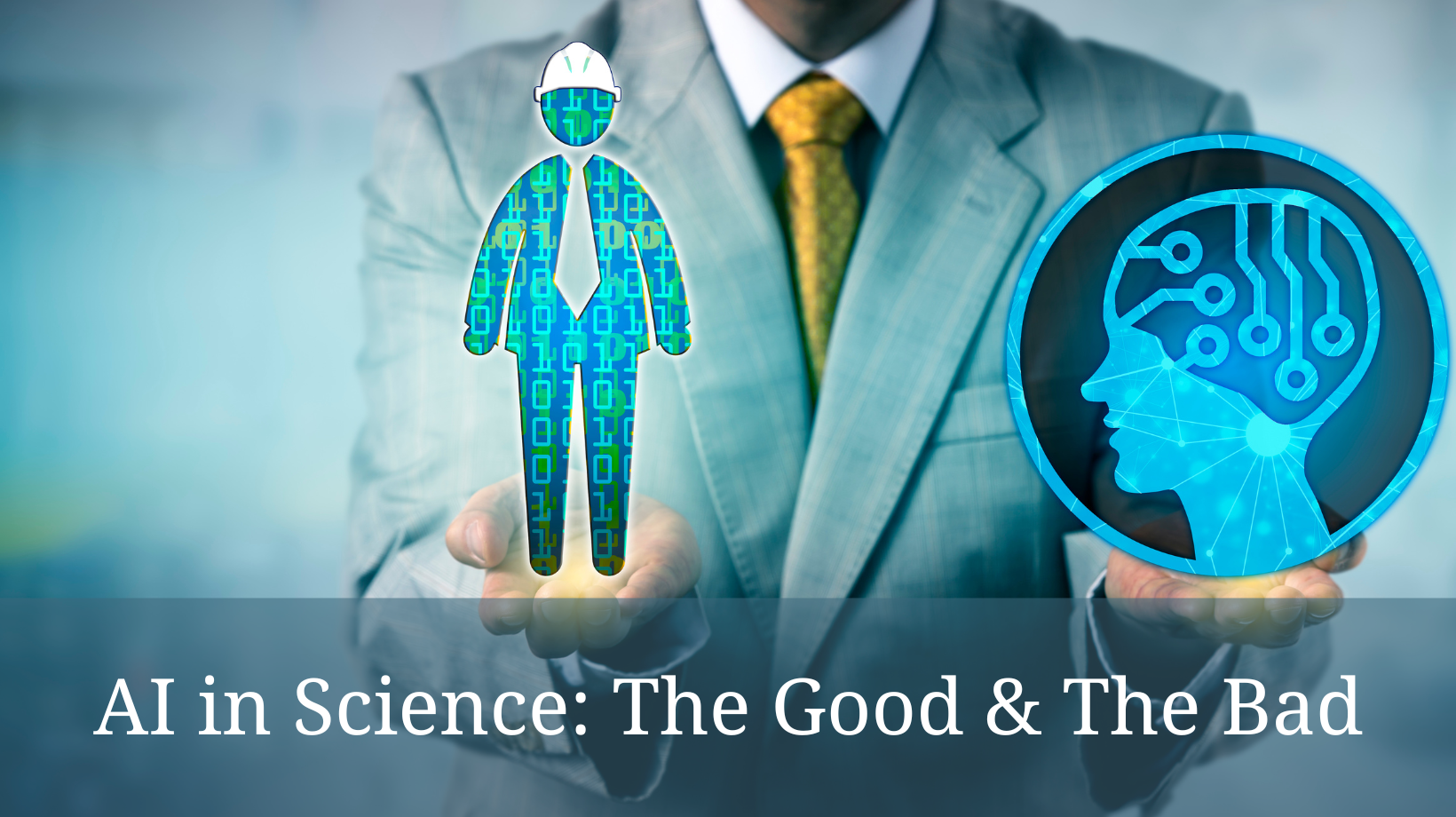How can RPA, AI, and Intelligent Automation bridge the gap between required and available skills?
RPA, AI, and Intelligent Automation are increasingly essential tools in bridging the gap between required and available skills. As the work evolves and the number of open roles expands, the need for employees with specialized skills increases. At the same time, the labor market is becoming more competitive. It is then difficult for employers to find workers with the necessary skills. This is where RPA, AI, and Intelligent Automation can help.
Robotic Process Automation (RPA)
RPA is a software technology that automates manual, repetitive tasks and can be used to optimize existing processes. By using RPA, employers can automate mundane and repetitive tasks, freeing workers to focus on complex tasks. This helps bridge the gap between the skills needed for a position and the skills available in the labor market.
Artificial Intelligence (AI)
AI is the development of computer systems that can learn, think, and act like humans. AI can perform tasks that are too complex for traditional computer systems. It can also perform tasks that are too mundane for humans. For example, AI can review resumes and identify job candidates with the required skills. Using AI, employers can quickly and easily identify the right candidate for a particular job. It makes bridging the gap between the skills needed and available skills easier.
Intelligent Automation
Intelligent Automation combines RPA and AI, allowing machines to complete tasks requiring a certain level of intelligence. Intelligent Automation can automate mundane tasks, such as data entry, and more complex tasks, such as analyzing large amounts of data. Using Intelligent Automation, employers can quickly and easily identify job candidates with the necessary skills.
By utilizing these technologies, businesses can bridge the gap between the required skills and available skills in different industries. AI, RPA, and IA can reduce the need for manual labor and enable businesses to become more efficient and productive. Automation can allow companies to reduce costs, increase profits, and help them focus on higher-value work.
AI, RPA, and IA can analyze data and provide insights that can be used to improve business processes and operations. By leveraging these technologies, businesses can gain an edge over their competitors and better understand their customers. AI and IA can also develop new products and services and create new markets.
RPA, AI, and IA can train employees and help them stay up-to-date with the latest trends and technologies. This can help businesses bridge the gap between their skills and the skills needed to remain competitive.
By automating mundane and complex tasks, employers can quickly and easily identify the right candidate for a particular job. These technologies can optimize existing processes, allowing employers to get more value from their current workforce. As the labor market continues to evolve, RPA, AI, and Intelligent Automation will become increasingly important tools for bridging the gap between required and available skills.
































